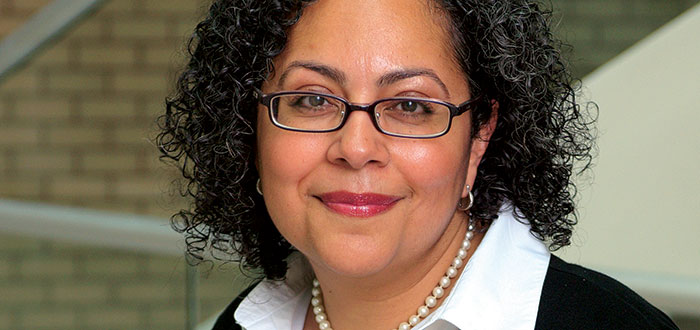Multiracialism and Civil RightsPosted in Articles, Law, Media Archive, United States on 2016-11-24 02:42Z by Steven |
Multiracialism and Civil Rights
Fordham Law News
Fordham University, The Jesuit University of New York
2016-11-21
Shane Danaher
Fordham Law Professor Tanya Hernandez shared excerpts from her upcoming book on multiracialism and civil rights in talk sponsored by the Center on Race, Law & Justice’s Colloquium on Race and Ethnicity on November 17, not quite seven months shy of the 50th anniversary of the Supreme Court’s unanimous decision in Loving v. Virginia, which invalidated laws prohibiting interracial marriage and the legal stigma against mixed-race children.
Hernandez outlined the argument presented in her work-in-progress study of multiracial identity in discrimination lawsuits, tentatively titled Multiracials and Civil Rights. In the book, Hernandez challenges conventional wisdom about multiracial discrimination.
“The growing view that discrimination against multiracial (racially-mixed) people poses a distinctive challenge to racial equality law is incorrect,” she said. “This misperception is based on the false presumption that multiracials experience racial discrimination in a unique manner that makes it necessary to reconsider civil rights law.”…
Read the entire article here.

